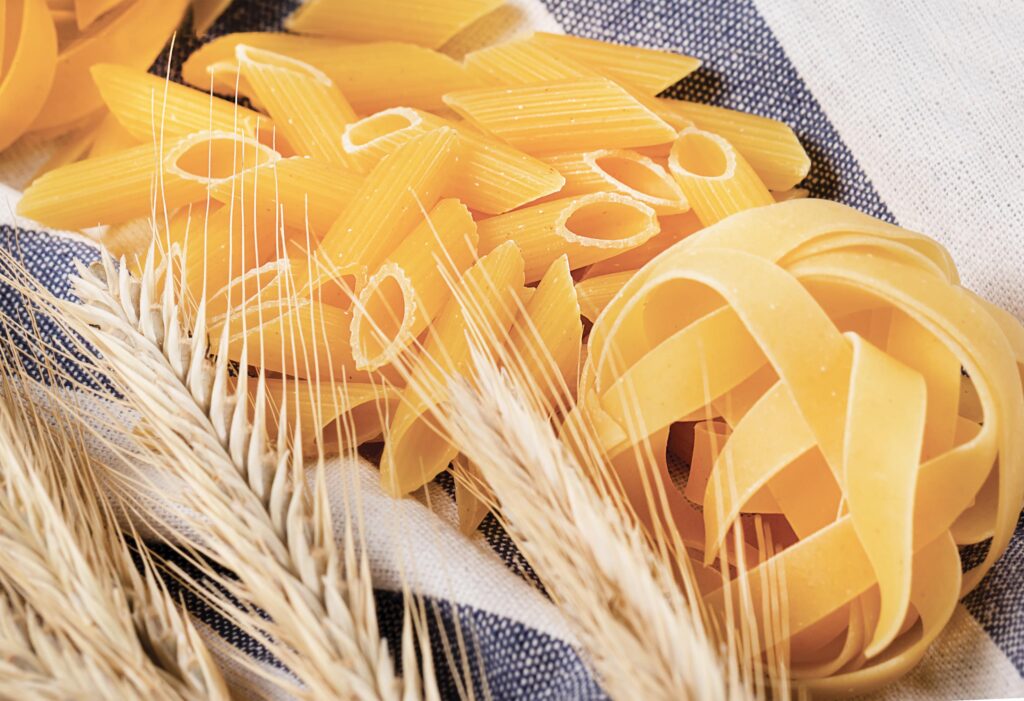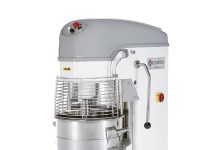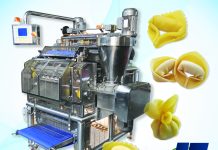 Effect of thermal treatments on the final properties of durum wheat pasta.
Effect of thermal treatments on the final properties of durum wheat pasta.
During the profound economic and social changes that have characterized our country over the centuries, a firm point has been surely the pastry sector which, taking advantage of the technological innovations of the production process and preserving the Italian food tradition, has been able to adapt to the continuous changes of the market needs, becoming a sector of excellence of Made in Italy.
Quality levels, increased quantities, commercial aggressiveness and competition between brands and prices lead to a higher focus on product characterization and quality. In this context, the purpose of a recent study, conducted by a group of Italian researchers (Giannetti et al., 2021), was to analyze the aromatic profile of durum wheat pasta, building a PLS-DA classification model (Partial least squares discriminant analysis).
To verify whether the different thermal treatments of products during their production cycle have an impact on their composition. The authors point out that the resulting classification model allows correctly predicting more than 80% of samples, confirming that drying may have a considerable influence on pasta flavour. In summary, the results obtained in the study are useful for the sector’s industry to optimize product quality, considering the continuous increase of consumers’ demand for high-quality food.
Implementation of a new milling process to improve the quality of rice flour pasta
The demand for gluten-free products is increasing and rice pasta accounts for the largest share of this market. Usually, these products require additives or specific technological processes able to improve their texture, cooking quality, and sensory properties. In this context, in a recent study carried out by a group of Italian researchers (Taddei et al. , 2021), two rice cultivars, with different amylose content, were subjected to parboiling, micronization, and flour air fractionation to obtain brown rice pasta, without any supplement but rice itself.
In particular, for the test two types of pasta (spaghetti shape) were produced, one from 100% micronized wholemeal, and the other from refined rice flour replaced with 15% of the air-fractionated fine fraction. The results show that the first type of pasta has a higher protein and fiber content than the second. Pasta samples from the high amylose content genotype showed the highest resistant starch content and the lowest predicted glycaemic index along with sensorial characteristics as good as durum semolina pasta in fine fraction enriched pasta. In conclusion, the authors argue that to maximize the quality of rice pasta, it is essential to properly select not only the type of cultivar, but also the technological process.
References: Giannetti et al., Tecnica Molitoria, 72, 2021, 35-47, Taddei et al., Foods, 10, 2021, 1-15.



